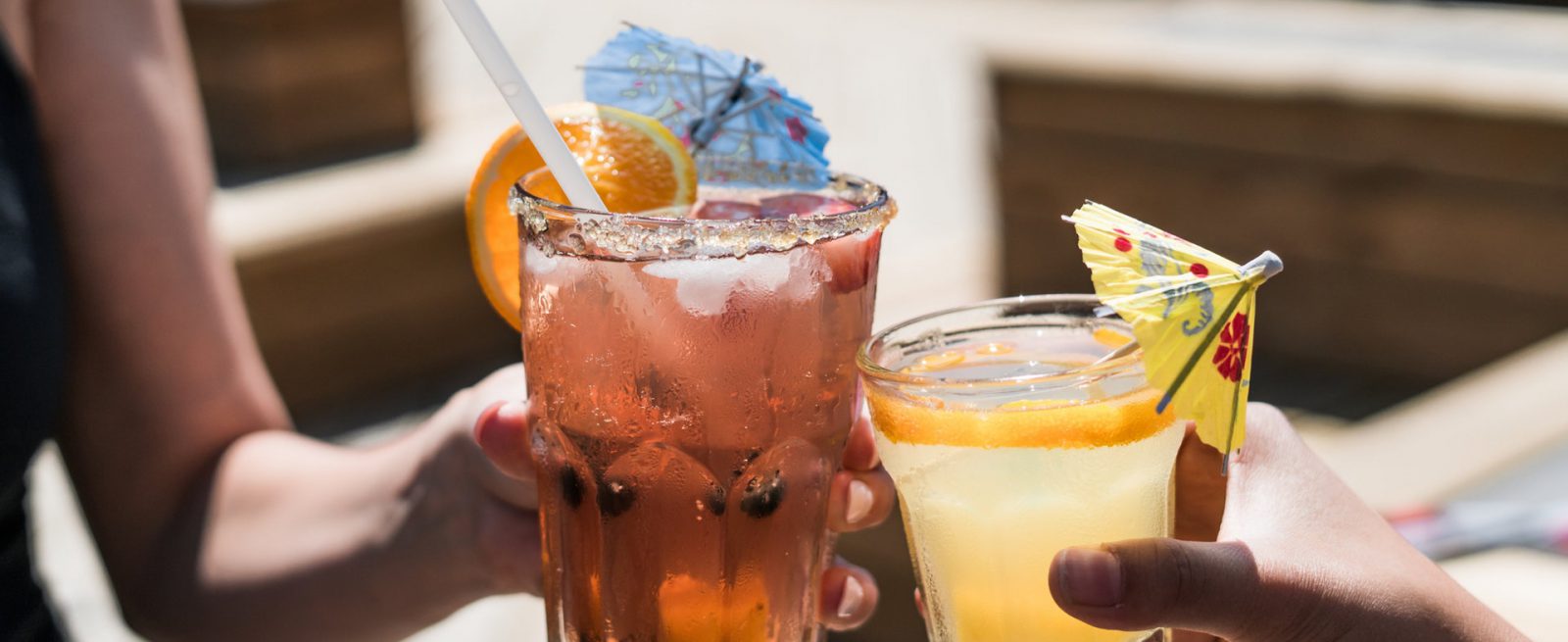Changing Drinking Culture: A Recipe for Restaurants
3 Min Read By Magalie Lerman
Last month, rising rates of overdose deaths in the United States became a national public health emergency. Opiate overdose is the leading cause of death for people in the U.S. under 50 years of age. More people are dying from opiate overdose than any other accidental fatality, including fatal car accidents. The US response to epidemic levels of overdose fatalities is to accelerate drug prohibition, “just say no” campaigns, and abstinence-based treatment programs.
These strategies are widely proven to be ineffective in and of themselves, but the larger problem is that they do not exist in a vacuum. People seeking recovery from drugs and alcohol live within a society that has a pervasive drinking culture – one which complicates strategies to reduce the harms of substance use. It is hypocritical for society to ask people to stop drinking and then to leave U.S. drinking culture entirely unaddressed. Changing drinking culture doesn’t have to mean reducing alcohol supply, however. Rather, it can mean offering non-alcoholic options and deals at parity with alcoholic ones.
Changing drinking culture doesn’t have to mean reducing alcohol supply.
If non-alcoholic options were as available and affordable as alcoholic options, people seeking recovery could have an increased ability to feel social connection, maintain recovery, and stay alive. This is the role that restaurants and bars must play in reducing the opioid epidemic – offer non-alcoholic drinks as part of meal deals at par with wine, beers and cocktails. Stock up on non-alcoholic drinks that aren’t used as cocktail base. Not all people practice abstinence-based recovery. In fact, many people find recovery from certain substances while still being able to do others. For many people, a form of harm reduction is to reduce alcohol consumption during certain times or occasions. It is not necessary or realistic to ask restaurants and businesses to stop offering alcohol in robust and artistic fashions, just as it isn’t necessary to ask people in recovery to suck it up and deal with it or stay at home.
Here are four ways that restaurants, bars, and social institutions can help reduce opiate overdose and save lives:
- Review the drinking culture in your establishment. Is drinking on the job encouraged or tolerated? Do employees and customers in recovery feel comfortable and welcome? Beginning to talk about substance use and misuse can foster a welcoming and supportive environment
- Consider offering and advertising non-alcoholic drinks as part of meal deals and specials
- Offer a wide variety of non-alcoholic drink options. You can survey customers to see what they would like
- Create and promote non-alcoholic specialty drinks
I am not an alcoholic, but I didn’t drink alcohol for over seven years because I struggled with drug dependency. I used drugs, including heroin, for eight years and tried to stop using for half of those. One of the largest factors to my success finding recovery was realizing that, despite not having issues with alcohol itself, drinking would often lower my inhibitions and increase my cravings for hard drugs. This combination overwhelmingly led to relapse. And, as was typical in my drug use, relapse was accompanied by incredible damage to my relationships, finances, and overall wellbeing. So, I told myself that I would try and stop drinking for one year and see what happened. Discontinuing alcohol use ended up benefiting me greatly because it also helped me stay away from people and situations that tempted or triggered me.
Socially, not drinking was perhaps the hardest part of my continued recovery (after the first few, rough years). Whenever I meet someone new, I have to find creative ways to disclose my sobriety. Whenever I go out, I have to say “no” to other people’s offers to buy me drinks, with or without explanation, several times a night. Complete abstinence means navigating these interpersonal dynamics every day, and abstaining from all mind-altering substances is by far the most widely supported and available form of recovery in the United States.
Saying “no” to alcohol wasn’t nearly as hard as dealing with the isolation and self-loathing that come with being the only person who isn’t or can’t engage in an activity everyone else is doing. It can be lonely and exhausting trying to socialize in restaurants, bars, and clubs as a person in recovery.
I frequent the restaurants in my neighborhood that have a good variety of non-alcoholic beverages and allow me flexibility with changing out non-alcoholic drinks for alcoholic ones. These conscious businesses are doing their part to support the overall health and wellness of the community.


